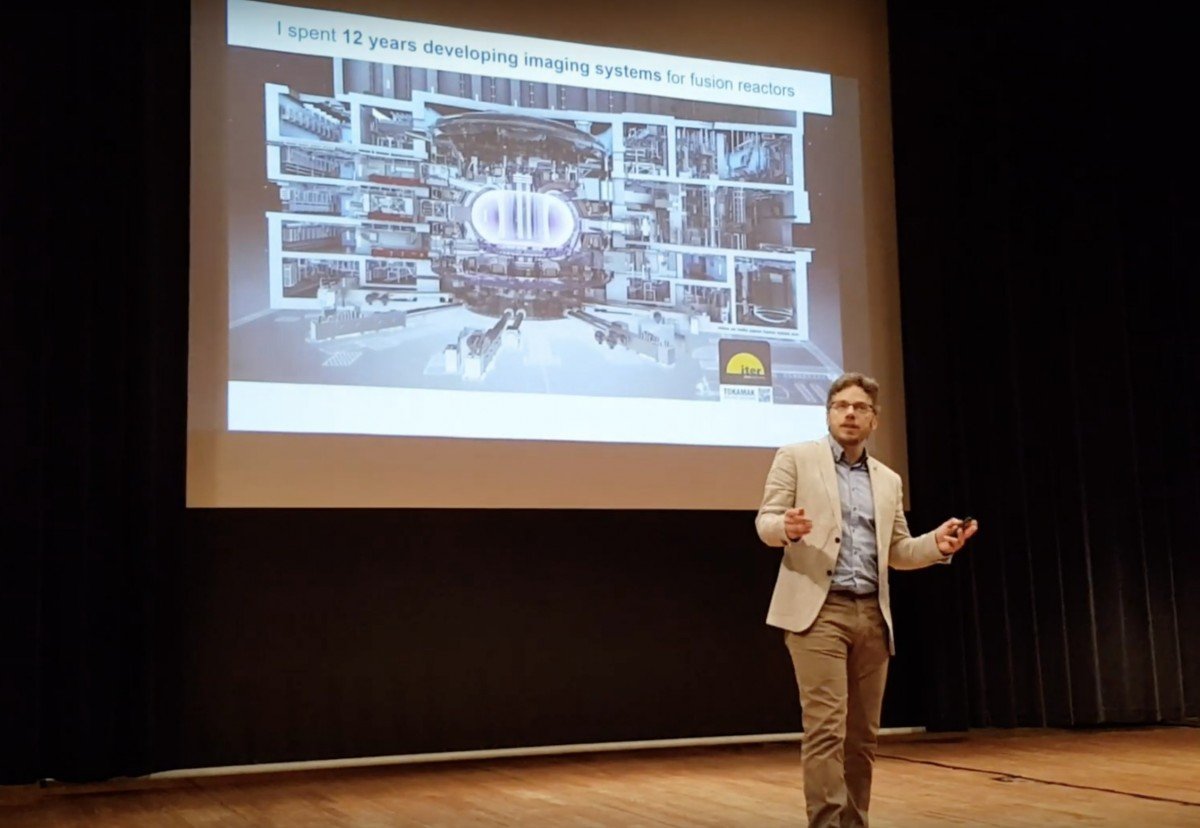
Wouter Vijvers and his Chromodynamics team just missed the grand prize of TU Eindhoven’s Golden Lightbulb contest, but there wasn’t much time to lament about that. Today, the consortium consisting of DIFFER, Vrije Universiteit Amsterdam and Chromodynamics received a €100,000 grant to develop a camera system that can see the chemical composition of materials and biological tissues.
The pitch with which Wouter Vijvers and Chromodynamics won a second prize (€5,000) at The Golden Lightbulb
This system will be able to perform this in real-time, while similar measurements previously took seconds to days. ATTRACT is a European granting scheme for bringing breakthrough imaging technologies developed at academic institutes closer to commercial application. Out of the 1211 proposals submitted, 170 were selected for funding.
The granted project builds on the MANTIS camera system that Chromodynamics CEO Wouter Vijvers designed during his postdoctoral research at DIFFER. The system is capable of live monitoring of the hot plasma near the exhaust wall of nuclear fusion experiments. By feeding the light gathered through a single viewing port to a series of smart camera’s, each observing a narrow colour-band of light, MANTIS can follow up to 10 different interactions between atoms and ions in the hot fusion plasma. This enables researchers to monitor and eventually control the ideal state of the plasma and optimize fusion performance.
Chromodynamics started at TU Eindhoven and recently moved to High Tech Campus.
Source: ATTRACT/Chromodynamics

